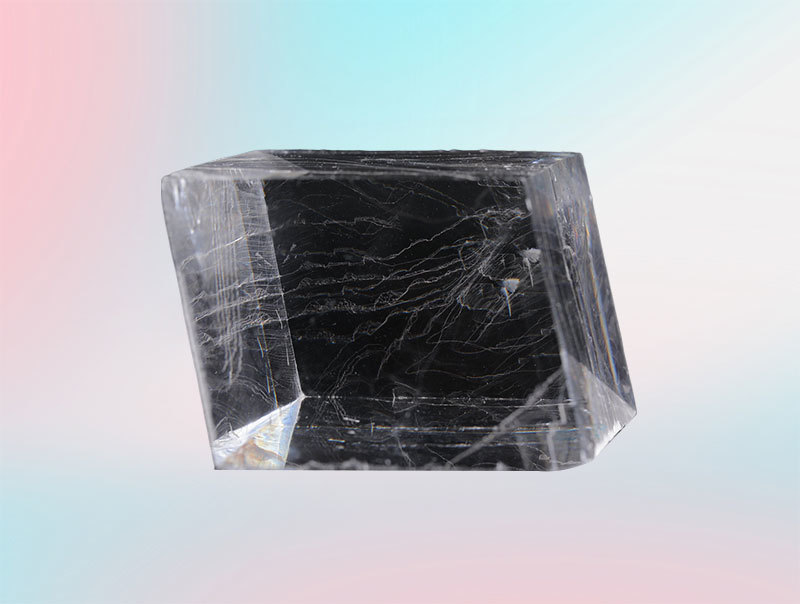2025-12-16
The Advantages of Using Birefringent Crystals in Optical Engineering
Exploring Birefringent Crystals: Essential Insights for Photonic Applications
2025/09/26
Trends in the development of optics in China
2025/05/15
2025/05/15
What are the application prospects of lenses in the field of intelligent driving?
2025/05/15
Where are plano-convex lenses used?
2025/05/15
A brief introduction to birefringent crystals
2025/05/15
Application of Lenses in Autonomous Driving
2025/05/15
What are the functions of a prism?
2025/05/15
What is the impact of optical development trends on related industries?
2025/05/15
What is the function of a filter?
2025/05/15
2025/05/15



